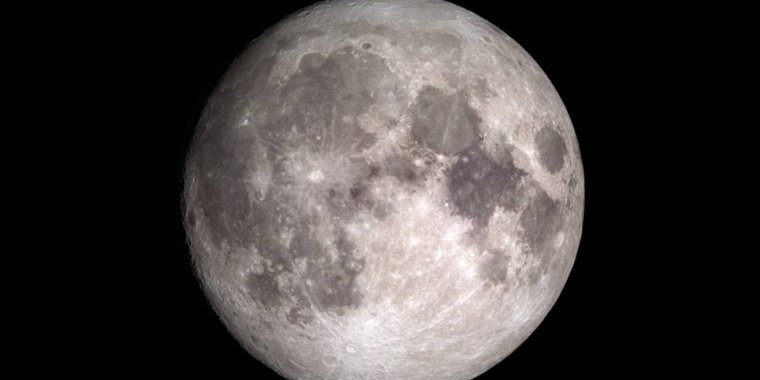| News / Space News |
On Second Thought, the Moon's Water May Be Widespread and Immobile
A new analysis of data from two lunar missions finds evidence that the Moon’s water is widely distributed across the surface and is not confined to a particular region or type of terrain. The water appears to be present day and night, though it’s not necessarily easily accessible.

If the Moon has enough water, and if it's reasonably convenient to access, future explorers might be able to use it as a resource. Image credits: NASA's Goddard Space Flight Center
The findings could help researchers understand the origin of the Moon’s water and how easy it would be to use as a resource. If the Moon has enough water, and if it’s reasonably convenient to access, future explorers might be able to use it as drinking water or to convert it into hydrogen and oxygen for rocket fuel or oxygen to breathe.
The results contradict some earlier studies, which had suggested that more water was detected at the Moon’s polar latitudes and that the strength of the water signal waxes and wanes according to the lunar day (29.5 Earth days).
Taking these together, some researchers proposed that water molecules can “hop” across the lunar surface until they enter cold traps in the dark reaches of craters near the north and south poles.
In planetary science, a cold trap is a region that’s so cold, the water vapor and other volatiles which come into contact with the surface will remain stable for an extended period of time, perhaps up to several billion years.
The new finding of widespread and relatively immobile water suggests that it may be present primarily as OH, a more reactive relative of H2O that is made of one oxygen atom and one hydrogen atom. OH, also called hydroxyl, doesn’t stay on its own for long, preferring to attack molecules or attach itself chemically to them. Hydroxyl would therefore have to be extracted from minerals in order to be used.
The research also suggests that any H2O present on the Moon isn’t loosely attached to the surface.
Sorting out what happens on the Moon could also help researchers understand the sources of water and its long-term storage on other rocky bodies throughout the solar system. (NASA)
YOU MAY ALSO LIKE




